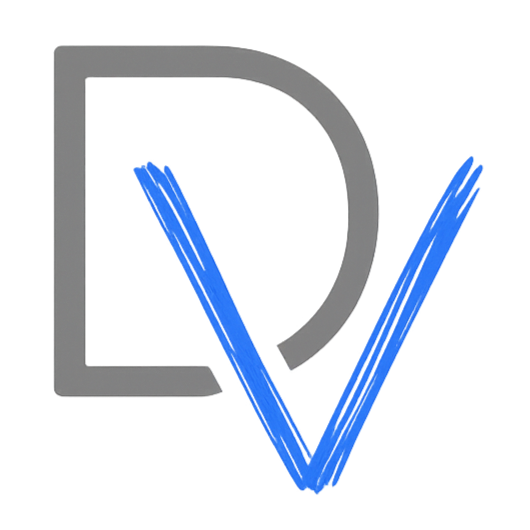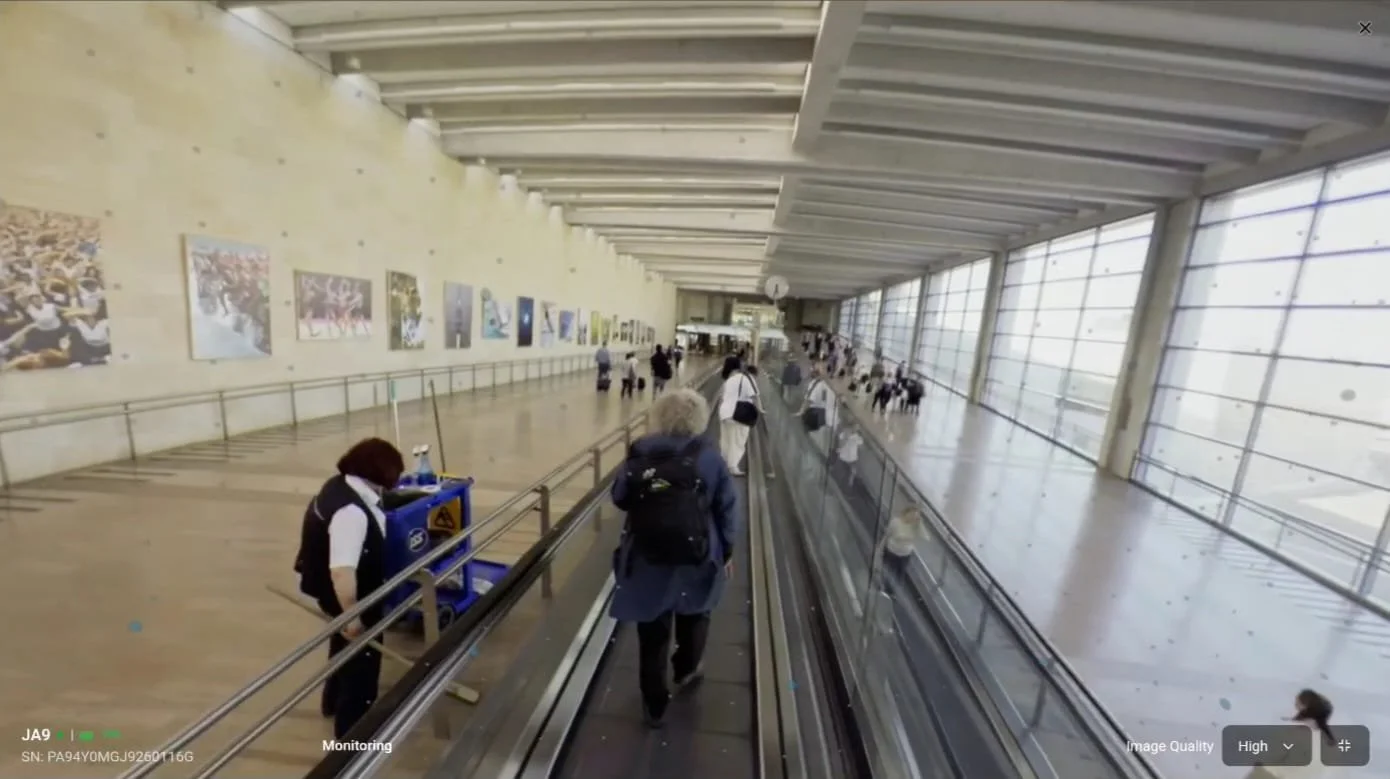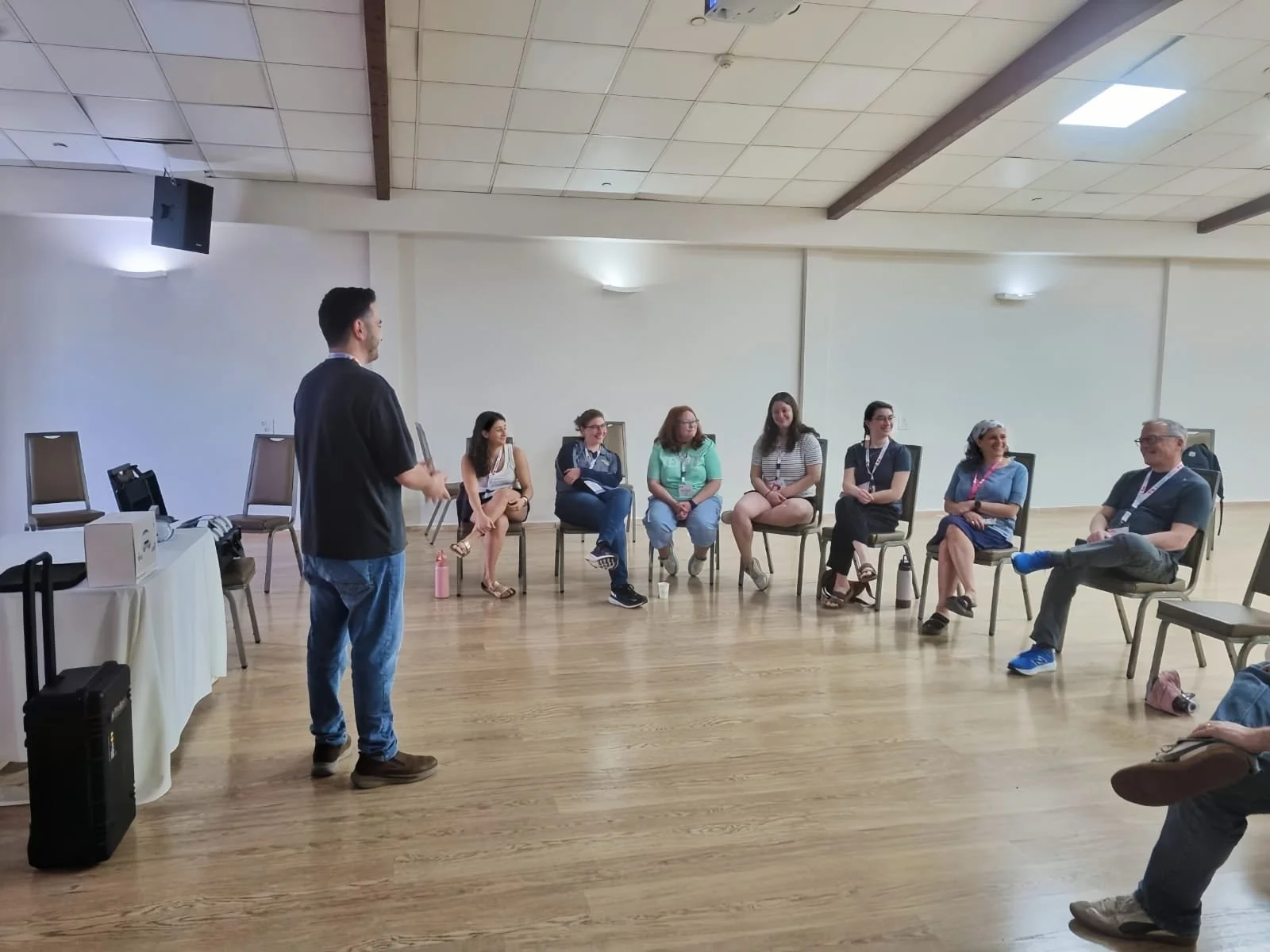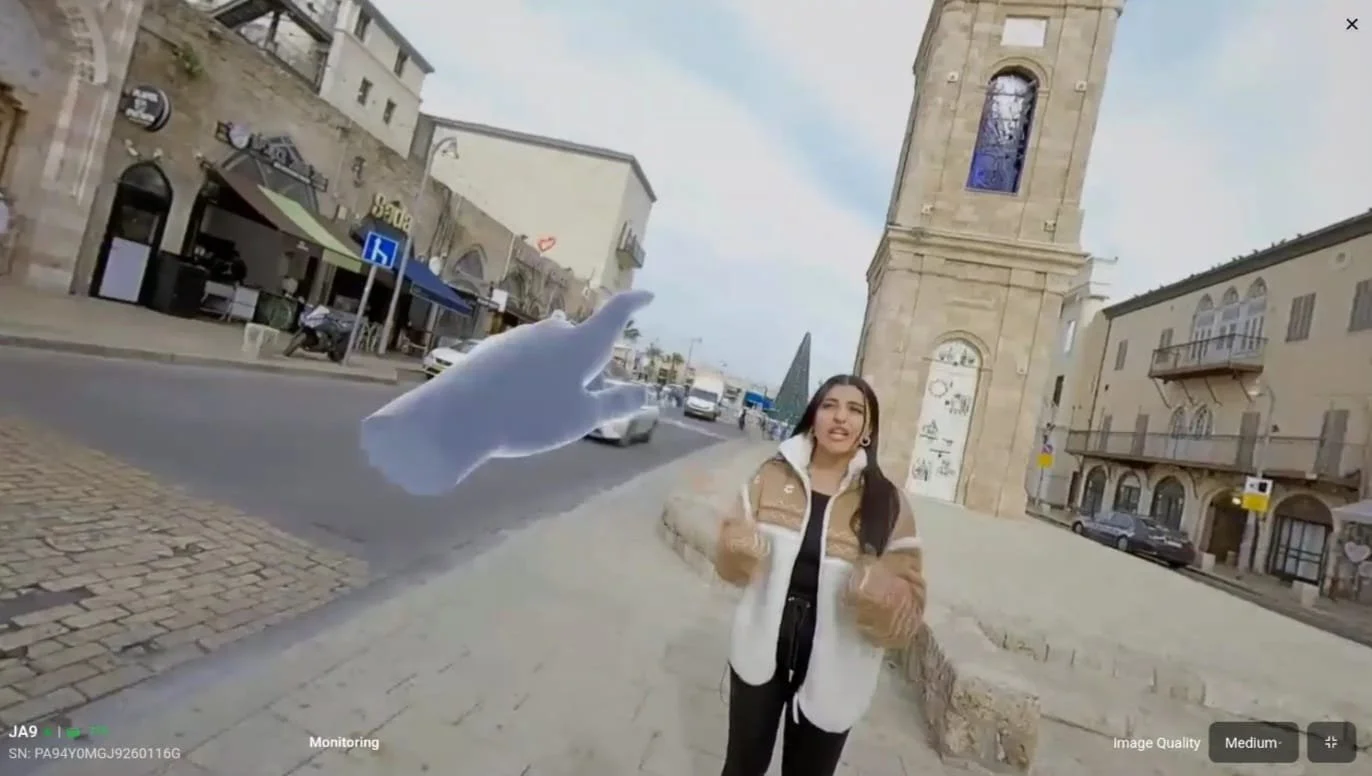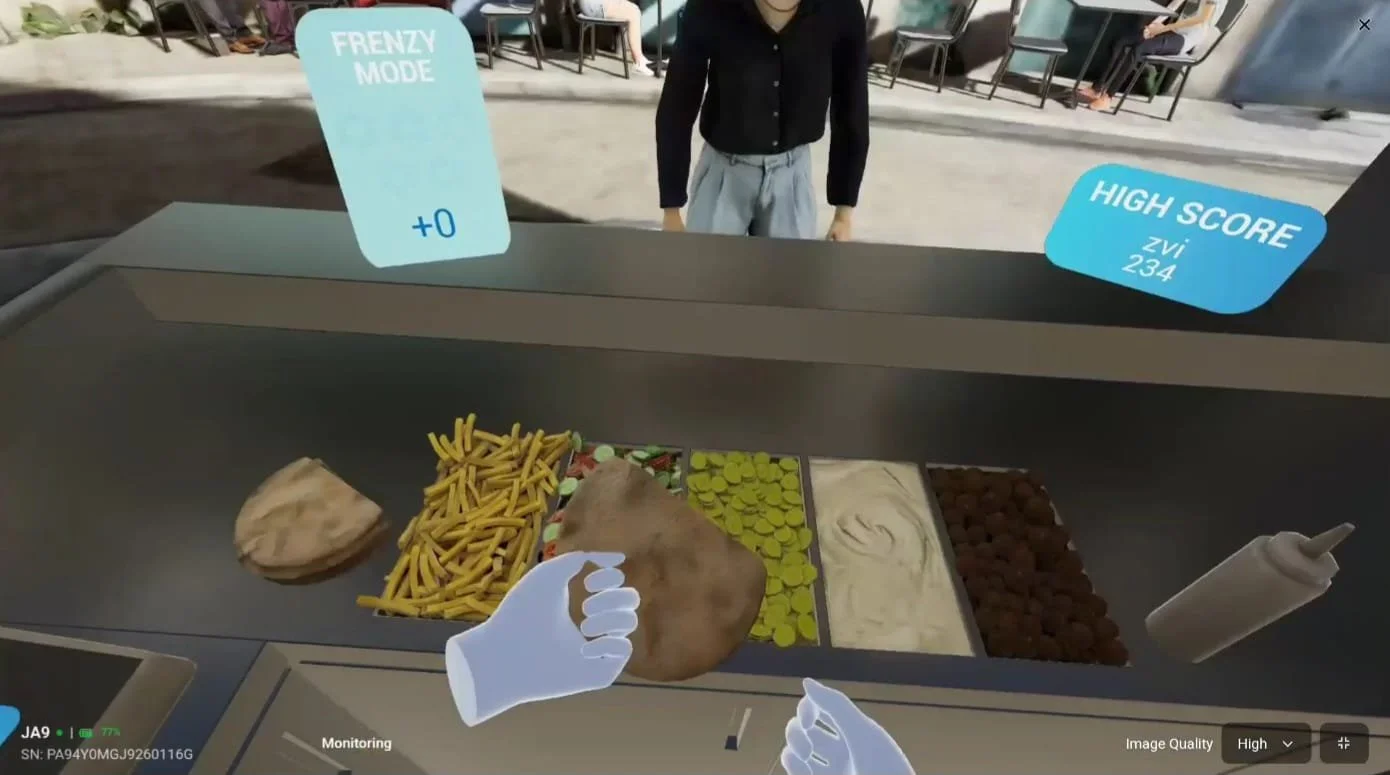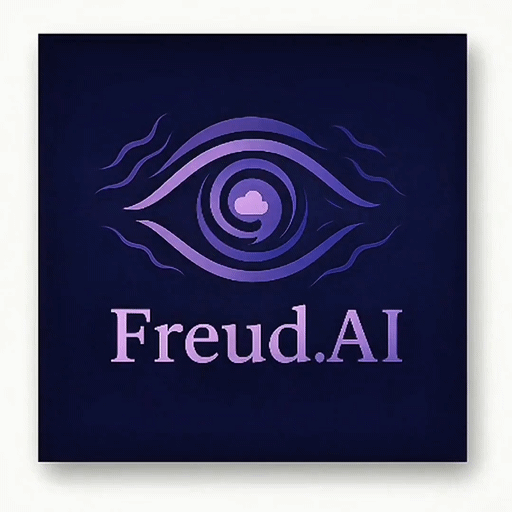Jewish Agency VR Experience
VR Journey Through Israel — A Guided Immersive Experience for the Jewish Agency
Project Overview
The VR Journey Through Israel is an immersive virtual reality experience developed for the Jewish Agency for Israel, designed to connect users—mainly Jewish youth abroad—to Israeli culture through a multisensory, gamified journey.
The experience was donated to the organization, but arrived without a development team or design documentation, leaving it visually impressive yet contextually unclear.
My role was to transform it into a cohesive, guided, and emotionally engaging experience using narrative design and product strategy — without modifying the core software.
My role
Role: Product & UX Lead
Scope: Narrative design, user journey flow, instructional UX, and content strategy
Stakeholders: The Jewish Agency + Jewish American summer camp management.
Tools & Hardware: Figma, Notion, Google Docs, Pico 4 Ultra Enterprise VR Headset
Challenge
The Jewish Agency wanted to explore new ways to connect young diaspora Jews to Israel through immersive technology, but without committing to a full-scale production before seeing tangible results.
Our challenge was to conceptualize and deliver a MVP that would:
Prove the impact of VR storytelling for educational purposes
Show scalability to other cities and themes (Jerusalem, Haifa, Negev, etc.)
Inspire investment from stakeholders by demonstrating emotional and experiential value
We decided to create a pilot VR experience filmed entirely in 360° video across Tel Aviv, combining interactive elements and narrative flow. Tel Aviv’s diversity — its markets, beaches, and culture — made it the perfect testing ground.
The main challenge was to craft a cohesive narrative and product structure around real filmed locations, guiding users emotionally and logically from one scene to another, while designing the system as a foundation for future expansion.
Concept Development
We began by identifying core values and emotions we wanted to evoke — arrival, curiosity, discovery, connection, and reflection .From these, we built a narrative arc structured as a traveler’s first journey through Israel, told through Tel Aviv’s most symbolic spaces.
Process
Experience Design & Filming
We chose five key Tel Aviv locations, each representing a facet of Israeli life.E ach was filmed in high-resolution 360° video and paired with interactive tasks and narration to create active participation.
Scene 1 — Ben Gurion Airport (Arrival)
Users begin by “landing” in Israel, greeted by ambient airport sounds and a voice welcoming them home.
They complete a short interaction — stamping a digital passport — symbolizing their entry into the experience.
Scene 2 — Carmel Market (Discovery)
A vibrant 360° environment filled with sounds of vendors, spices, and chatter.
Users collect market items (like pita, olives, and za’atar) by gazing at them, teaching them local terms and flavors.
Scene 3 — Falafel Stand (Everyday Life)
A playful, interactive mini-game where users assemble a falafel in a pita using motion controls.
The voiceover adds humor and cultural context.
Scene 4 — Tel Aviv Beach (Community & Play)
The player joins a local in a virtual game of paddle ball (מטקות) on the beach — one of Tel Aviv’s most iconic summer rituals.
The action invites physical engagement and rhythm, while the narration connects playfulness with Israeli social warmth.
Scene 5 — Old Jaffa (Reflection & Identity)
In the final scene, the user wanders through Jaffa’s historic alleyways. Floating Hebrew words appear in the air; the user “jumps” between them to form a phrase about identity and belonging.
The experience ends with a panoramic sunset and a reflective message connecting the journey to a broader sense of peoplehood.
Beyond crafting an engaging user experience, my role was to define the MVP’s strategic purpose:
to serve as a demonstration of product potential rather than a final product.
We built the Tel Aviv prototype with:
Modular design: Easy to plug in new locations and scenes later
Low-tech scalability: No dependency on heavy Unity development
Clear ROI story: The MVP could be used in donor showcases, emissary training, and youth delegations
The project roadmap positioned the Tel Aviv pilot as Phase 1 in a potential series:
Phase 2: Jerusalem — history & spirituality
Phase 3: Negev — innovation & resilience
Phase 4: Galilee — community & coexistence
This strategic framing helped stakeholders see the future business and educational value of the product — leading to continued interest in expansion.
Testing & Validation
We conducted user testing on Pico Enterprise headsets with 12 participants, including educators and teen program participants.
Results:
100% reported strong immersion and emotional engagement
Average engagement time exceeded the expected runtime by 35%
Stakeholders described it as “the most exciting tool we’ve seen for connection and identity education”
Feedback led to improvements in pacing and gesture responsiveness.
Outcome
UX
Storytelling functions as UX architecture — it drives navigation and emotion.
Natural motion (head, hands, gaze) creates intuitive engagement in VR.
Emotional pacing transforms passive watching into active exploration.
PM
An MVP’s strength lies in its clarity of vision, not scope of features.
Designing for scalability and reuse turns prototypes into platforms.
Presenting the product as a story worth expanding motivates investment.
Stakeholder presentation
Following the development of the MVP, we presented VR Journey Through Israel to a group of Jewish summer camp directors and educational stakeholders visiting from North America. The demo generated significant excitement — many described it as a “game-changing tool for Israel engagement.” The immersive format offered exactly what camps were seeking: a fresh, technology-driven way to deepen connection to Israel without requiring physical travel. By the end of the session, all participating camps expressed interest in piloting the experience, and each signed up to test the VR program during their upcoming summer sessions, marking an important step toward real-world implementation and validation.
